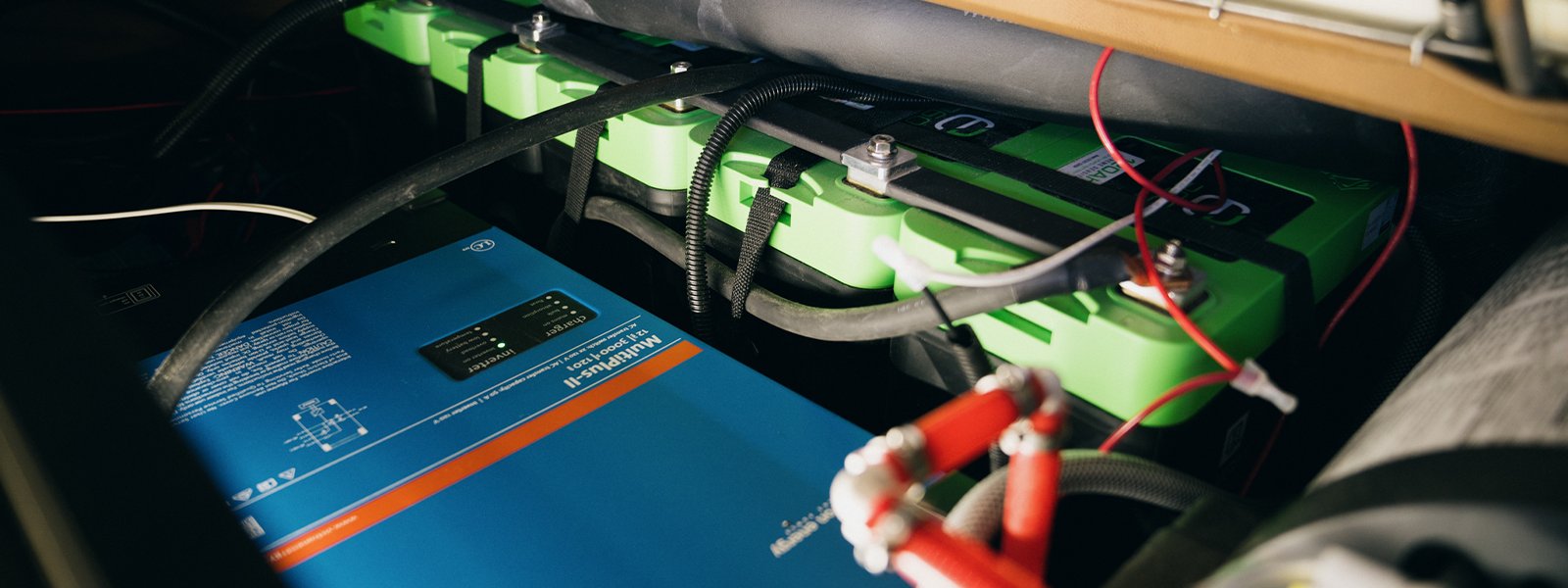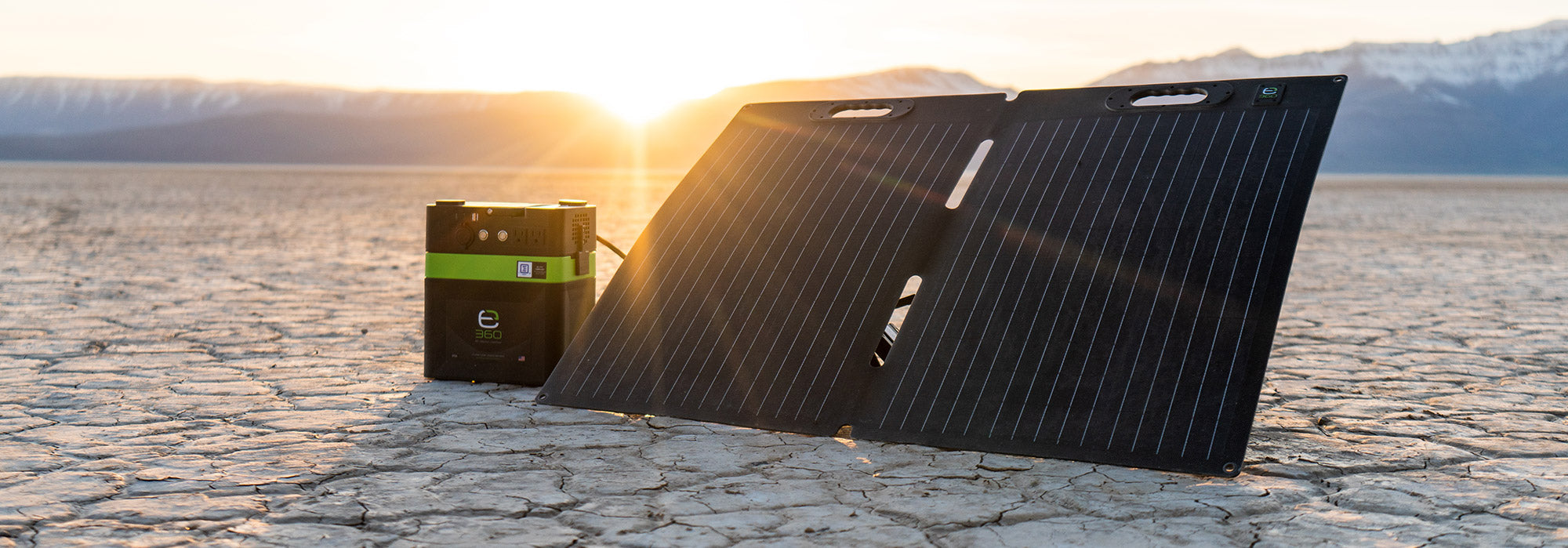Powering Your Adventure: How to Size Your RV or Overland Battery System

Choosing the right battery system for your RV or overland vehicle is essential for maximizing power and efficiency on the road. At Expion360, we're making it easy to size your system with a step-by-step guide that considers your energy needs, appliance usage, and travel style. Whether you're running a full off-grid setup or just need reliable weekend power, our expert resources and SmartTalk™ Bluetooth technology will help you monitor and optimize your system with confidence. Stay powered wherever your adventure takes you!
Step 1: Calculate Your Total Power Consumption (Daily Load Calculation)
Start by listing all the appliances and devices you plan to run. Identify their power draw in watts and estimate daily usage in watt-hours (Wh). This helps determine your total daily energy demand. For example, if a refrigerator consumes 60W and runs for 10 hours a day, it uses 600Wh per day. Sum up all your devices to get your total daily consumption.
Step 2: Battery Capacity (Amp-Hours & Watt-Hours)
Convert your daily power consumption into amp-hours (Ah) at your system voltage (12V, 24V, or 48V). Use the formula: For example, if your total daily consumption is 1,200Wh and you have a 12V system: To ensure reliability, add about 20% extra capacity as a safety buffer.
Step 3: Depth of Discharge (DOD)
Lithium iron phosphate (LiFePO4) batteries, like those from Expion360, are a game-changer in this area. They offer up to 100% DOD, allowing you to use the full capacity of your battery without compromising performance or longevity. This means you can install fewer batteries to meet your energy needs, saving space, weight, and cost while maximizing efficiency. For example, a 100Ah lithium battery with an 100% DOD provides 100Ah of usable energy.
Step 4: Charging System (Solar, Alternator, Shore Power)
Determine how you will recharge your batteries. Your options include:
-
Solar Panels: Calculate solar panel wattage needed to replenish daily energy use.
-
Alternator Charging: Consider a DC-DC charger if using your vehicle’s alternator.
-
Shore Power: Useful for campsites with hookups and AC charging systems. Ensure your charging system provides sufficient power for daily consumption.
Step 5: Inverter Size (If Running AC Appliances)
If you plan to run AC appliances like a microwave, coffee maker, or A/C unit, choose an inverter that can handle peak loads. Check both continuous and surge ratings to match your highest power draw.
Step 6: Voltage Selection (12V, 24V, or 48V System)
Selecting the right voltage depends on system size:
-
12V systems are common in RVs but require thicker cables for higher loads.
-
24V or 48V systems are more efficient for large setups, reducing wiring size and power loss.
Step 7: Temperature Considerations
Lithium batteries perform best in moderate temperatures but can struggle in extreme cold. If traveling in cold climates, consider heated battery options or insulation solutions to maintain optimal performance.
Step 8: Weight & Space Constraints
LiFePO4 batteries are about 50–70% lighter than their lead-acid counterparts for the same usable capacity. They also do not require ventilation and are maintenance free. Ensure you have adequate space for the number of batteries needed in your setup.
Final Step: Start Your Build!
Now that you understand how to size your battery system, you’re ready to start your build. If you need assistance, our expert support team is here to help. Contact us at support@expion360.com, and we’ll guide you toward a power system that fits your adventure perfectly!






